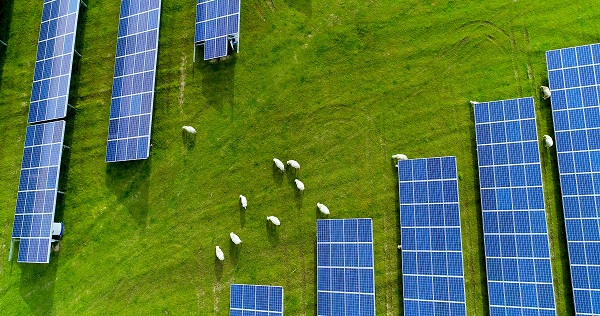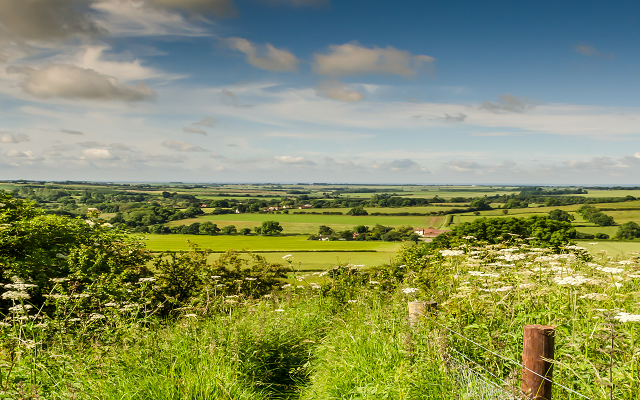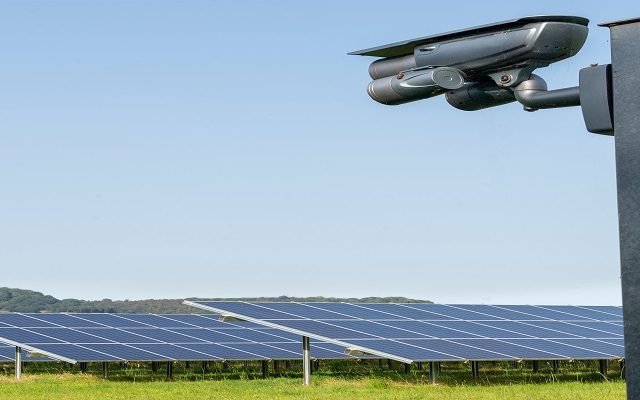Does the future of solar farms involve agrivoltaics?
The news that a French energy firm is trialling the use of agrivoltaics technology to allow the production of combinable crops and solar energy to co-exist has generated significant interest across the world.
Critics of solar farms argue that it is wrong to take land out of agricultural production at a time when food security is rising up the agenda. While the impact of this is overstated – solar farms in the UK currently account for just 0.08% of total land use and projected growth would only take that figure to 0.3% – developing technologies which allow for food production to continue at the same time as generating power is a logical approach.
Agrivoltaics technology is not new. According to Germany’s Fraunhofer Institute for Solar Energy Systems agrivoltaics solutions have developed in almost all regions of the world over the past decade. Government subsidy programmes in Japan, China, France and the USA, in particular, have led to an increase in globally installed agrivoltaic capacity. The country with the largest agrivoltaics system is currently China, where goji berries are being grown as part of a project covering 20 million square meters at the edge of the Gobi Desert.
However, to date most agrivolatic systems have tended to involve grazing in or around the panels or growing highly specialised crops, such as salads, fruit and vegetables. The TSE Energy project in France has caught the imagination as it is trialling the use of solar panels suspended high above the crop, to find out whether solar energy can be successfully generated at the same time as growing arable crops.
The 2.4MW installation spans 3 hectares, with panels strung on a wire grid which allows large machinery, such as combines and sprayers, to pass underneath. They tilt so they can track the sun and to allow sufficient levels of rain or sunlight to reach the crop. The panels can also be used to shelter the crop, from excess heat, hail or frost. This should make production more resilient to the impact of climate change.
Indeed, this has been found to be one of the major benefits of the technology when it is used in regions with a hot and dry climate, as the panels help to reduce heat stress and water loss in the crops below. Researchers from the University of Arizona determined that growing crops in the shade from solar panels can yield two or three times more fruit and vegetables than conventional agriculture set-ups.
In the UK, agrivoltaics research is still very much in its infancy, but experts do seem to think there is potential for it to play more of a role in the future. Its use is unlikely to be on broad acre crops in the UK, but over crops grown in smaller areas that are most susceptible to heat and rain and would benefit from a semi-controlled environment. There are likely to be significant challenges – such as higher installation costs and concerns around the impact on the landscape – but pairing solar energy projects with agricultural production does make sense in a world where we need to find ways to balance competing land uses.






